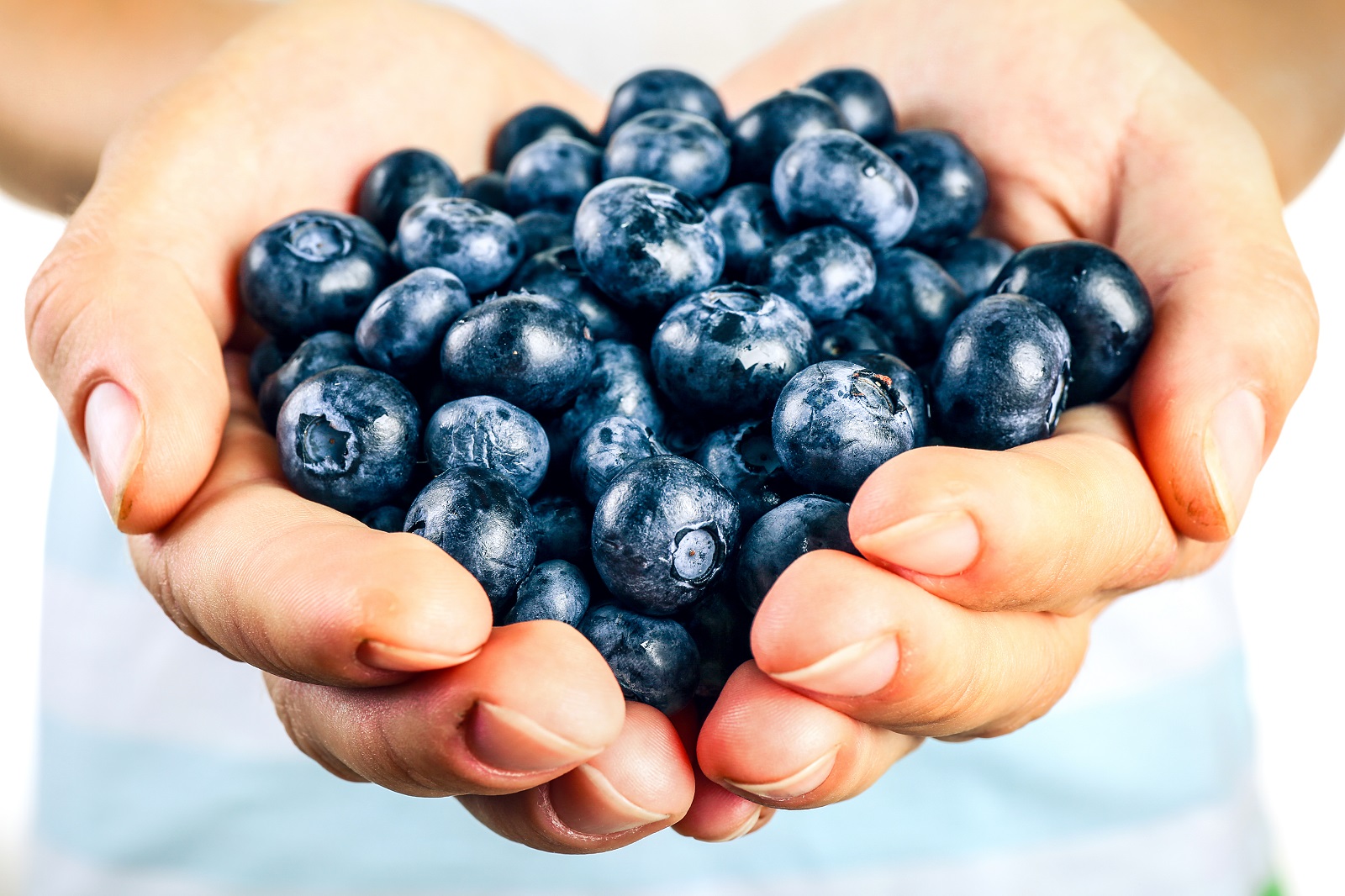Global blueberry industry representatives discuss where market is headed at IBO Summit
Global representatives of the blueberry industry gave their views last week during The International Blueberry Organization (IBO) Summit on where the international market is heading, providing key insights about numerous topics.
The session, “The Future of Counter-Seasonal Supply for Three Global Markets” was held as part of the 2021 IBO Summit that was held virtually and hosted by Peru’s Association of Producers of Blueberries (Proarándanos)
The session was moderated by Cort Brazelton, Co-CEO of Fall Creek Farm & Nursery, and the panel consisted of Felip Silva, president of the Chilean Blueberry Committee; José Luis Bustamante, president of the Executive Committee of Aneberries; Kamal Ouhmand, Driscoll’s Morocco Country Manager; Daniel Bustamante, president of Proarándanos; and Justin Mudge, Chairperson of Berries ZA.
Primary markets and access
When asked about how each primary market influences producing countries’ decisions, Silva began by saying that genetics and quality are the most important things for Chile to prioritize now.
Mexico is looking to varieties and diversifying markets while Morocco sees quality as one of the most important influences.
“Even though the U.S. and Canada have the lion’s share of our shipments, our main focus is on the Chinese market. We are expected to double our shipments to China and the country will have 15 percent of blueberry exports this year,” Daniel Bustamante said.
“South Africa is coming to the end of the R&D phase and we are figuring out what works and what is successful. Now the opportunity for us is to scale that to meet the growing demand in Europe. Obviously, we would like to access markets to the east of us in the future as the industry grows,” Mudge said.
“Serving local demand in domestic markets helps to increase global consumption and IBO can help facilitate household penetration,” Brazelton added.
Chile and Peru are not known for having market access issues while Morocco doesn’t have many concerns either.
Ouhmand said: “Now the association is talking to the government to try and facilitate ties to Asia, so it will probably be mid to long-term discussion rather than tomorrow.”
One of the things Mexico needs to do is “work with the government because the Chinese government only recognizes the government from Mexico so it is difficult to get things moving,” José Luis Bustamante said.
For South Africa, Mudge shared it is a frighteningly slow process that can be really frustrating with a government that is under capacitated to deal with the country-to-country action.
To this, Brazelton added that this situation sounds like a determining factor to see if South Africa can continue growing over the long term.
Challenges
Labor shortages are hitting the blueberry industry on the harvesting and operational side, as was said by all panelists. In particular, South Africa is seeing a 34 percent unemployment rate but with talent gaps, the jobs are not as easy to fill.
Logistics and technology are also a concern for some production countries. The government and the political situations in Mexico and Peru have been hindering the industry’s efforts, according to the panel.
“We all know that our main market is the U.S. and Canada and we need to diversify that market. Getting to the Far East or to the Middle East is very difficult out of Mexico as there are not enough trade lines and the costs of containers are very high,” José Luis Bustamante said.
Opportunities
Three key things were brought up when talking about opportunities within the industry: rapid genetic development, technology and increasing overall consumption.
Mudge said that South Africa’s biggest growth center is Europe, and the country’s ability to align with that market and to ensure good consistent supply is probably the biggest opportunity for them.
“Number one is increasing yields per hectare and number two from my perspective is getting rid of old varieties that aren’t working for the market or the consumer anymore. The speed of adaptation to consumers’ wants in order to get the best quality to the market is also important,” Ouhmand said.
Water
Water shortages tend to be an issue for all industries, and blueberries are no different. Chile is focusing on water as one of its main drivers of the next five years, with a focus on how the industry can take care of the country’s water resources, Silva said.
Mudge said, “We also have infrastructural challenges in that our Department of Water and Sanitation that should be providing the mega water projects is technically bankrupt. But it is certainly our biggest opportunity to work for the growth potential that berries present.”
To close the session, Brazelton asked what is the one thing the industry must do to avoid a scenario of supply growing faster than demand, and Mudge answered that “alignment is key and responsible shipping is essential”.
Daniel Bustamante and José Luis Bustamante believe that promotion is vital to avoiding said issue. Ouhmand shared that alignment with marketing agencies is crucial, while Silva said consistency is one of the most important things.
The International Blueberry Organization brings together leaders from around the world of blueberries to increase transparency, coordinate solutions to mutual challenges and promote the industry.
30/08/21
Freshfruitportal.com







